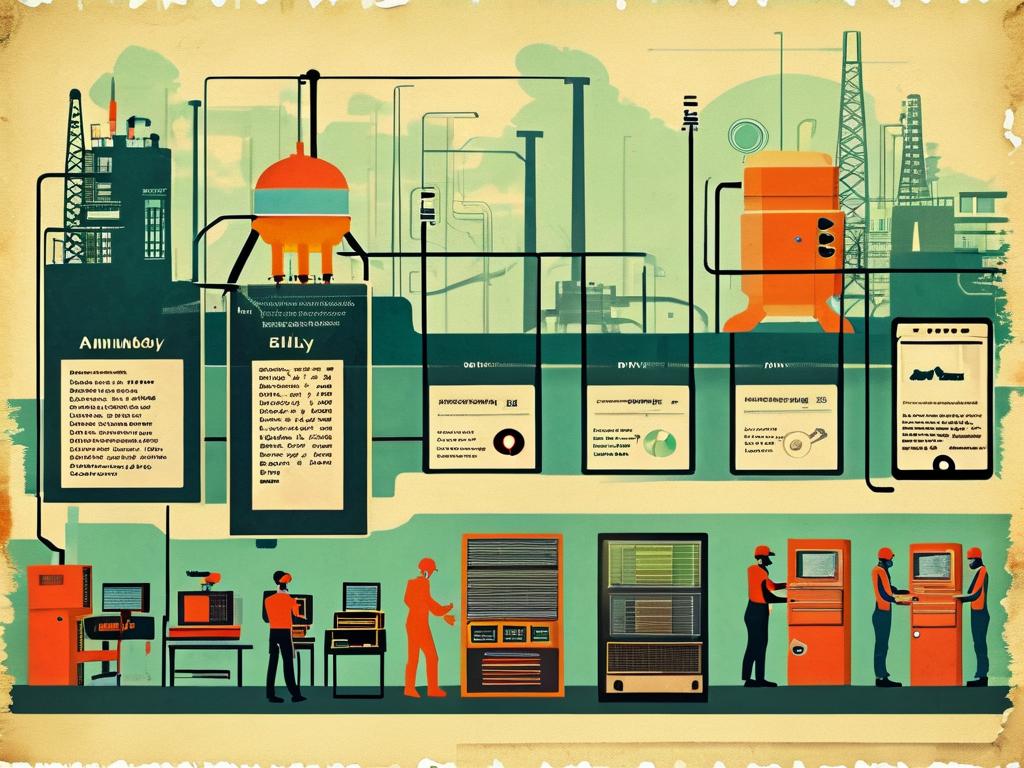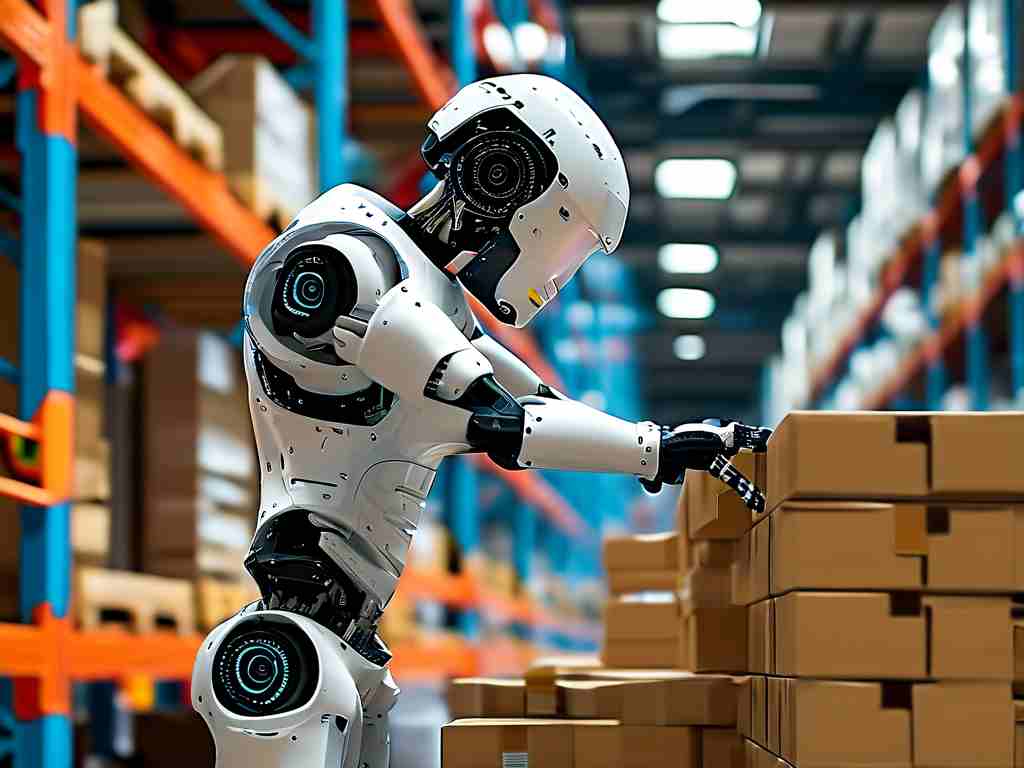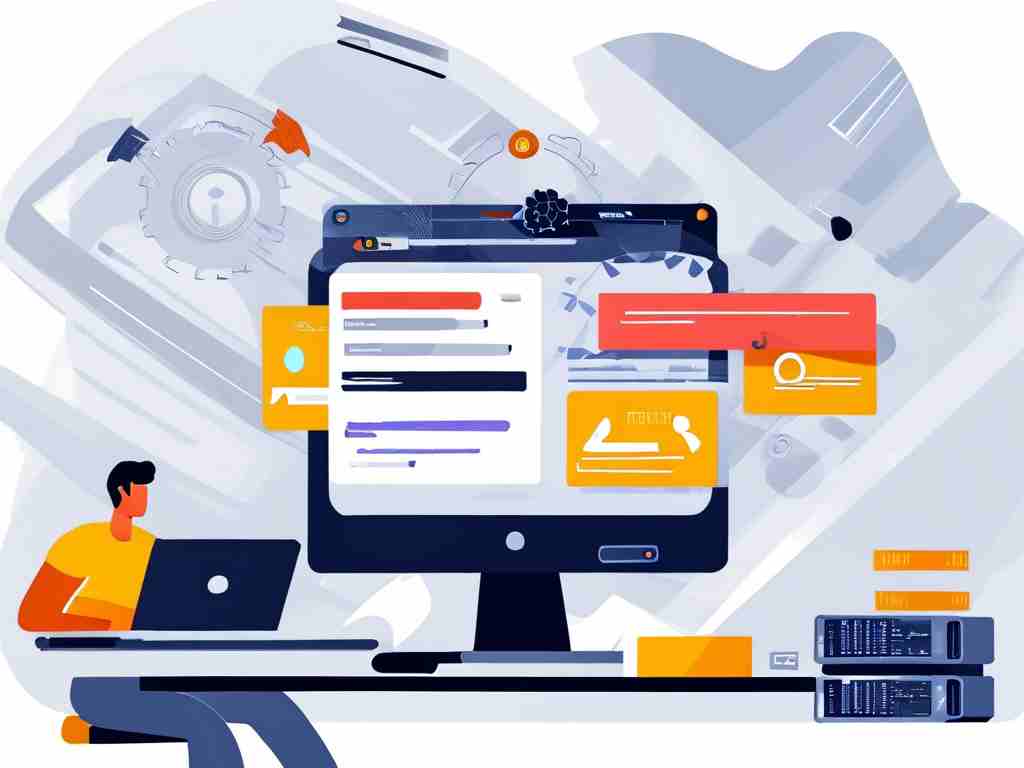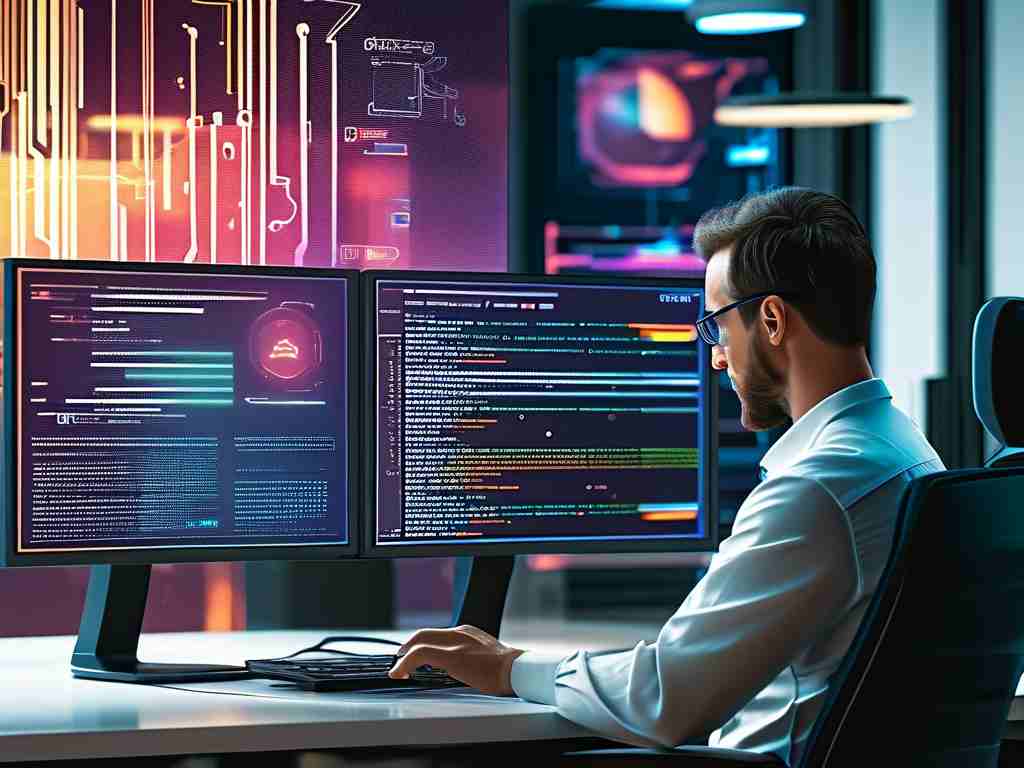The evolution of workplace management has ushered in a new era of automated deployment systems for employee check-ins. These solutions combine cloud computing, IoT devices, and intelligent algorithms to redefine how organizations track attendance while addressing historical challenges like manual errors and time theft.
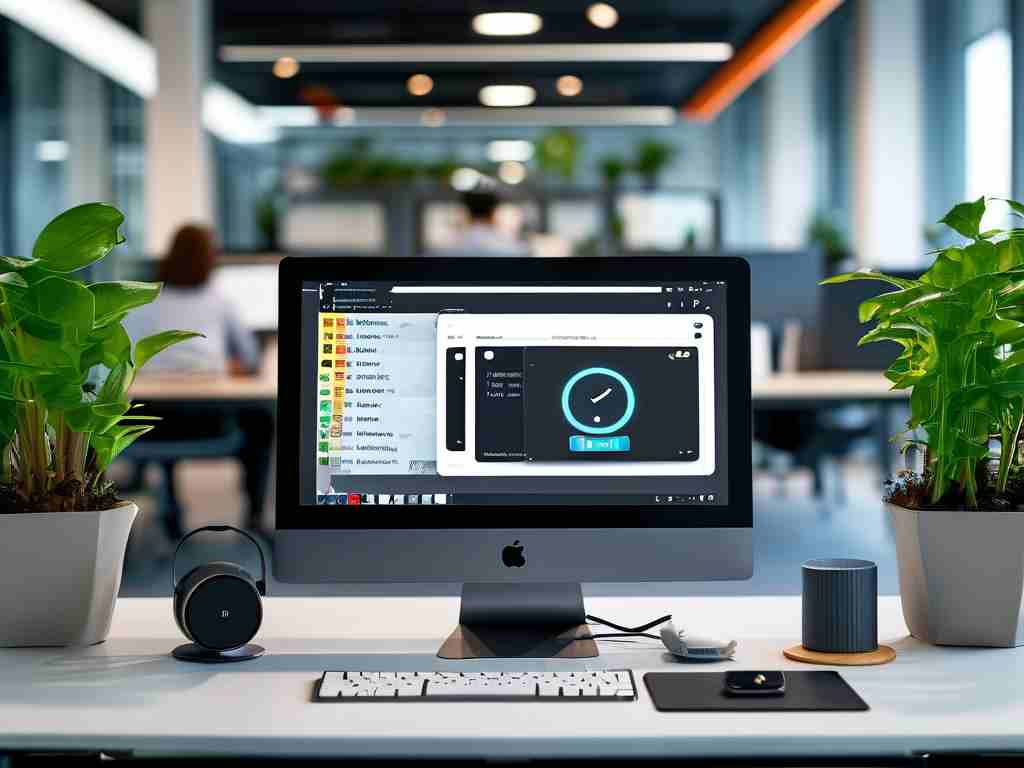
Traditional timekeeping methods often rely on physical cards or biometric scanners that require on-site infrastructure. Automated deployment systems eliminate geographic constraints through browser-based portals and mobile apps. Employees can clock in from any location using company-issued devices or secure personal smartphones, with GPS verification ensuring compliance with remote work policies.
A core advantage lies in dynamic scalability. When expanding to new offices or temporary project sites, administrators can deploy virtual check-in nodes within minutes through centralized dashboards. This contrasts sharply with legacy systems needing weeks for hardware installation. The architecture typically employs containerization tools like Docker, allowing identical check-in environments across diverse endpoints. For instance, a Python-based middleware might handle clock-in requests:
def process_check_in(employee_id, location_hash):
if validate_geofence(location_hash):
log_attendance(employee_id)
return "Check-in recorded"
else:
flag_anomaly(employee_id)
return "Location mismatch"
Real-world implementations demonstrate measurable impacts. A logistics company with 2,400 drivers reduced payroll discrepancies by 37% after adopting automated deployment, while a multinational consultancy cut onboarding time for regional offices from 14 days to 6 hours. These systems also integrate with existing HR platforms through RESTful APIs, enabling automatic synchronization with payroll and leave management modules.
Security remains paramount in these deployments. Multi-factor authentication combines with blockchain-style audit trails, creating immutable records of each check-in attempt. Temporary access tokens generated through OAuth 2.0 protocols prevent credential sharing, while machine learning models analyze patterns to detect suspicious activities – such as simultaneous logins from different continents.
The environmental benefits are frequently overlooked but significant. By eliminating physical cards and reducing server hardware through cloud optimization, a mid-sized enterprise can lower annual carbon emissions by 12-15 metric tons. Maintenance costs show similar improvements, with predictive analytics alerting administrators about potential system issues before they affect operations.
Despite these advantages, implementation requires careful planning. Network latency in rural areas may necessitate edge computing solutions, while compliance with regional data privacy laws (like GDPR or CCPA) demands customizable permission frameworks. Successful adopters often run phased rollouts, beginning with pilot departments to refine configurations before enterprise-wide deployment.
Future developments point toward deeper AI integration. Experimental systems now analyze voice stress patterns during vocal check-ins to detect potential fatigue or illness. Computer vision enhancements enable facial recognition that adapts to physical changes like hairstyles or aging, maintaining accuracy without invasive biometric data storage.
As hybrid work models become standard, automated check-in systems evolve from optional tools to operational necessities. Their ability to scale securely while providing real-time workforce analytics positions them as critical components in modern organizational infrastructure, reshaping not just time tracking but overall workforce management strategies.



